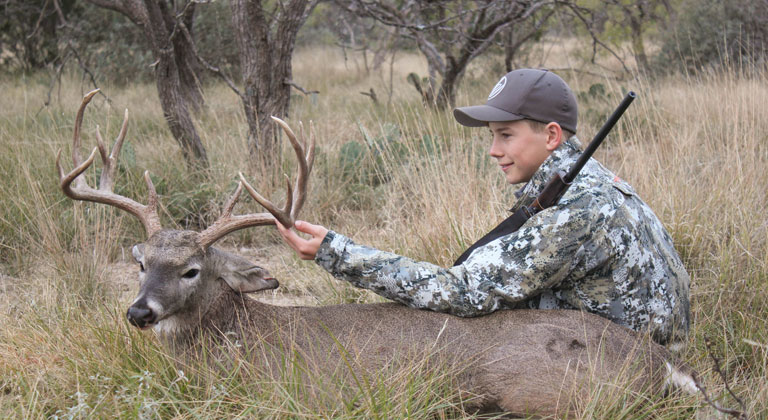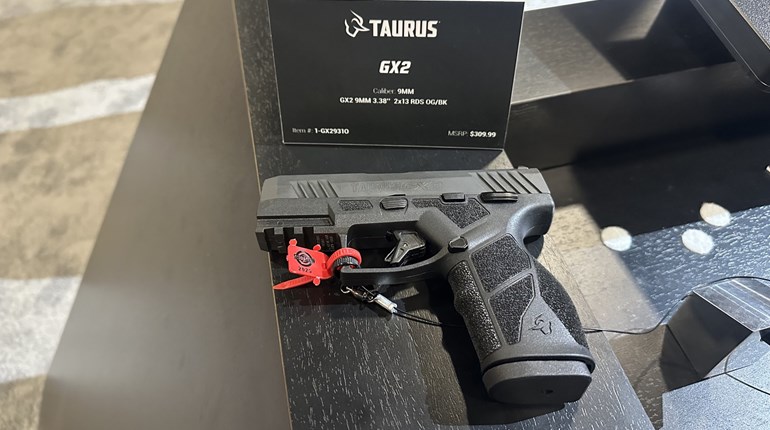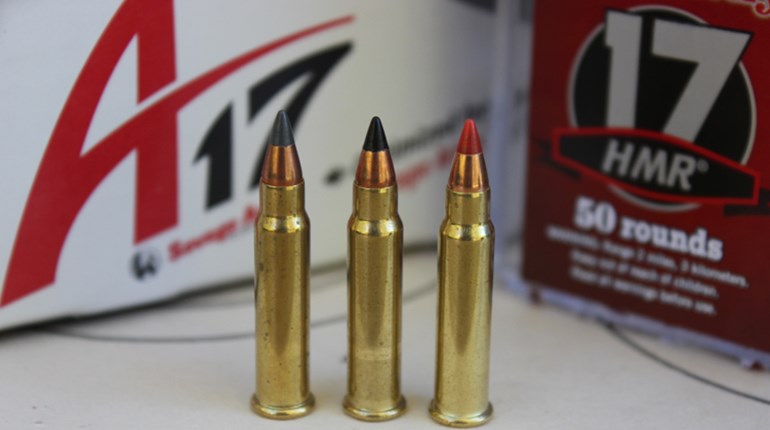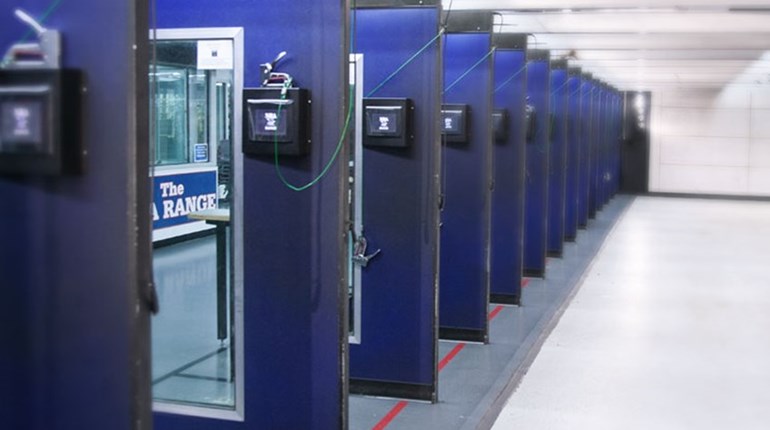
Ask most new shooters what they fear most about firing a gun for the first time and the answer is almost always kick. Isaac Newton’s Third Law of Physics states that for every action there is an equal and opposite reaction, and that certainly applies to shooting. Big, powerful guns produce heavy recoil, and that recoil can cause discomfort. That discomfort can lead to a whole host of problems including flinching, trigger jerk and compromised accuracy.
Young or old, when you’re teaching a new shooter how to handle a firearm you must be sure that they know how to handle recoil. To do that, keep these eight points in mind.
1. Stay Aggressive:
It’s like telling someone to lean into a punch, which is counterintuitive, but it works. One reason that recoil is more dramatic to new shooters is because they don’t have the confidence to lean forward. By placing the majority of their weight on the front leg and leaning slightly forward, the impact of recoil is greatly lessened and it becomes a push rather than a stab.
2. Find a Gun That Fits:
Small-statured shooters are going to have a hard time properly positioning a gun that is too long for them, and as a result the stock usually ends up on their arm. That exacerbates recoil and is extremely painful. Shop around or borrow a compact firearm that allows a small shooter to place the recoil pad on the shoulder joint or slightly closer to the midline of the body.
3. Add Gun Weight:
Lighter isn’t always better. Added gun weight may make it more difficult to hold the gun, but a light gun will increase recoil. A little extra heft may mean less shooting because of tired arms, but new shooters won’t absorb the abuse a really light gun produces.
4. Find Low-Recoil Loads:
There are a host of low-recoil loads on the market for shotguns, rifles and pistols, so seek out these low-impact loads when you’re teaching a novice to shoot. The cheapest loads aren’t always the lightest, either, so compare loads to find one that is mild.
5. Get a Good Recoil Pad:
Some guns, even guns designed for new shooters, have thin, hard recoil pads or, worse yet, hard plastic butt plates. Not good. These hard pads don’t absorb much recoil and can stab a shooter’s shoulder. Find something that’s soft.
6. Shoot From a Standing Position:
Off-hand shooting allows the shooter to roll with the push. Shooting from a seated or prone position, however, makes recoil more noticeable. Never allow a new shooter to lean back against a tree or other solid item that won’t allow their shoulder to roll.
7. Wear Hearing and Eye Protection at All Times:
Loud noises, such as the muzzle blast of a rifle, increase perceived recoil. For that reason, be sure that a new shooter always has ample hearing protection. Eye protection is also important, and be sure that scopes are mounted far enough forward so that the recoil won’t drive the scope into the eyebrow.
8. Find the Right Caliber/Gauge:
This should seem axiomatic, but many shooters are introduced to guns that are simply too powerful. You'll find that .22-caliber rifles are a great place to start, and while many shotgunners start out with a 20 gauge, a lower-recoiling 28 gauge is a better option.







































